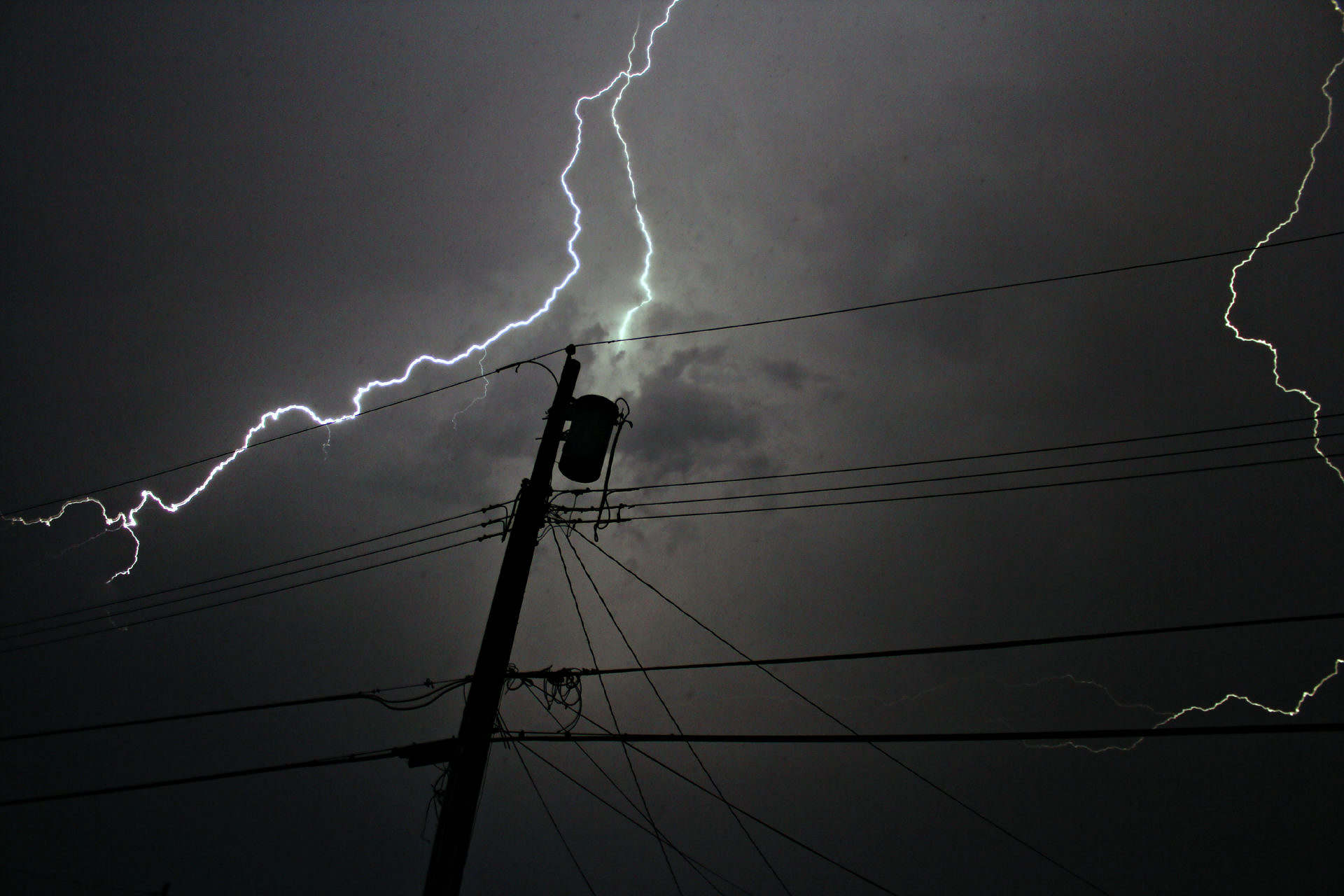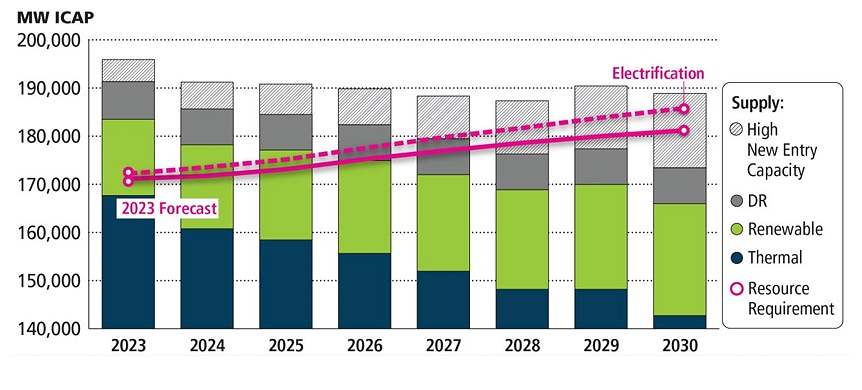|
Getting your Trinity Audio player ready...
|
Earlier this month, I published a report on how the debate surrounding South Carolina’s energy future was taking place not in the Palmetto State – but rather in North Carolina.
Be it the craven push from investor-owned utility Duke Energy (and its Palmetto State puppets) to spread the considerable costs of the company’s Tarheel State infrastructure expansions to South Carolina ratepayers – or a recent bid by tech giant Google and others to initiate “market reform” – both sides of this conversation are happening over the heads of South Carolinians.
Anyway, in that article I referenced Act 187 of 2020 – which created a panel to “recommend the adoption of various electricity market reform measures affecting the provision of electric service in South Carolina” and to explore the “potential public benefits associated with these measures.”
“The study underwhelmed,” I noted.
Several key players in this debate – including state lawmakers – took umbrage with this characterization, politely suggesting I show my work. My response? I’m not the one trying to fundamentally reshape South Carolina’s utility landscape … which means the people who drafted this report need to show their work. Oh, and explain some pretty jarring conflicts of interest.
Last month, the Boston-based Brattle Group submitted its long awaited Assessment of Potential Market Reforms for South Carolina’s Electricity Sector – a.k.a. the “Brattle Report.”

***
The key takeaway from this document (.pdf)? That ratepayers in the Palmetto State could achieve more than $362 million in annual savings were South Carolina to join a regional transmission organization (RTO) known as PJM. Named for the three states it first served – Pennsylvania, New Jersey and Maryland – PJM currently “coordinates the movement of wholesale electricity in all or parts of thirteen states and Washington, D.C.
How are things going at PJM? Not so well, according to the findings of an internal “energy transition” report released by the RTO in February of this year. According to that document (.pdf), “the amount of generation retirements appears to be more certain than the timely arrival of replacement generation resources.”
As a result, there are serious concerns about “resource adequacy” as early as 2030.
What is “resource adequacy?” Um … that’s easy: Keeping the lights on. Or according to PJM, “the ability of the electric system to supply the aggregate energy requirements of electricity to consumers at all times.”
According to the study, “thermal generators are retiring at a rapid pace due to government and private sector policies” – which is occurring as the growth rate of electricity demand is soaring due to “electrification coupled with the proliferation of high-demand data centers in the region.”
(Click to view)
In other words, thanks to climate “science,” government is forcing investor-owned utilities and RTOs to dramatically scale back conventional power generation in favor of renewables – even though it is painfully clear these new power sources are not bridging the gap fast enough.
This is exactly what I outlined in criticizing Duke – blasting the company for allowing its politically calculated “zero carbon” by 2050 deadline to dictate its resource planning. I’m not saying zero carbon isn’t a good goal – it is. I’m just saying it’s a terrible goal if the power runs out before you get there.
Anyway, the PJM report concluded with a reference to “the urgency for coordinated actions to shape the future of resource adequacy.”
Is it too late for that, though? According to a recent editorial in The Wall Street Journal, “there’s another problem.”
“Demand for electric power will increase amid the growth in data centers and the government’s push for the electrification of vehicles, heating and everything else,” the editorial writers noted. “The report doesn’t say this, no doubt owing to political reticence, but the conclusion is clear. The left’s green-energy transition is incompatible with a growing economy and improving living standards.”
It also referenced how PJM ordered businesses to “curtail power usage” during a recent arctic air blast.
“PJM narrowly avoided rolling blackouts as some generators switched to burning oil,” the editorial added. “But what will happen when those power plants shut down? A power shortage at PJM has the potential to cascade across much of the U.S.”
***
RELATED | ROLLING BLACKOUTS TAKE S.C. REGULATORS BY SURPRISE
***
Yeah … and this is the wagon to which market reformers wish to hitch South Carolina’s horse?
Why on earth would Brattle recommend such a course of action? Hmmm … perhaps because PJM has been a “Brattle Group client,” according to Business North Carolina.
Again, I am not rejecting the concept of an RTO out of hand. Taking any option off the table in our current climate of uncertainty would be foolish. But it takes a special kind of stupid to suggest that plugging into a decaying grid is a good long-term answer – unless that grid is radically rethinking its resource allocation plans.
Are South Carolina lawmakers that stupid?
Wait … don’t answer that question. You will only find yourself fumbling through your pockets for that missing $10 billion the state spent on a pair of next-generation nuclear reactions that were abandoned six years ago. Or the billions they continue to waste on one of the most inefficient, mismanaged government-run utilities in the nation: Santee Cooper.
As I have said throughout the energy debate, I have but one guiding principle when it comes to this conversation: Keep the power flowing (and the motors purring). To the extent we can do that with renewables, great. To the extent we can transition to renewables faster – even better. But that transition must never subject ratepayers or taxpayers to needless price increases. And it sure as hell cannot subject them to blackouts – or worse.
***
ABOUT THE AUTHOR…

Will Folks is the founding editor of the news outlet you are currently reading. Prior to founding FITSNews, he served as press secretary to the governor of South Carolina. He lives in the Midlands region of the state with his wife and seven children.
***
WANNA SOUND OFF?
Got something you’d like to say in response to one of our articles? Or an issue you’d like to address proactively? We have an open microphone policy! Submit your letter to the editor (or guest column) via email HERE. Got a tip for a story? CLICK HERE. Got a technical question or a glitch to report? CLICK HERE.




2 comments
Mr. Folks – Out of curiosity, what’s the book your hands are resting on? A Bible perhaps? I don’t know of (m)any books that come with silken page markers ….. wish you’d been smiling in the new pic :-))
I think that the PJM electrical grid where electricity can be provided to other states in the grid is far better than Texas’ “Lone Star Grid”; Texans don’t trust nobody. Texas utilities could not handle that severely frigid weather crippled the state when the electrical power stations shutdown and went offline. I don’t know if their nuclear power stations kept the radiation process active or not; probably not since they need electricity to keep the reactor vessel cool to prevent a Three Mile Island or a “China Syndrome” from occurring.